

|
|
|


|
|
1/12 Scale Electric Pan Car:
Kyosho Plazma Mk-III - 3151 / 3152
|
Released by Kyosho circa 1987, the Plasma Mk III pan type chassis was available with two bodyshell options: # 3151 - KS-2 and # 3152 - Limited Alpha-2 and came with a LeMans 600E Motor and servo operated mechanical speed controller.
The model is based on an FRP plate chassis, with a gear differential, sliding pillar front suspension, rear coil spring over friction damper and ball bearings.
Check out our Kyosho Archive for other Pan Car models.
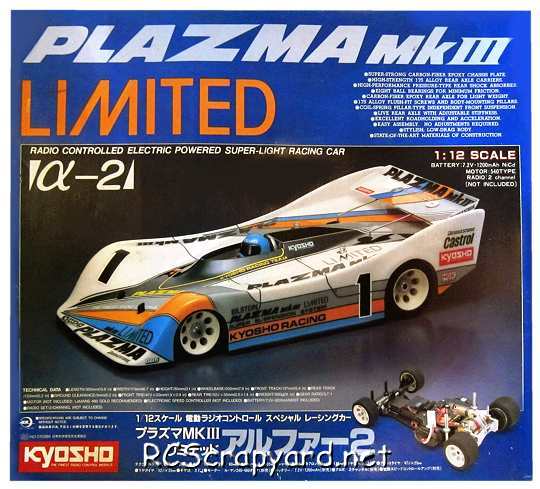
To race the Kyosho Plazma Mk-III, it requires a high level of tuning for improved stability when cornering, to keep it on the track and give you more grip under acceleration. Even the smallest change in your cars settings can make a Big difference. Our simple to follow instruction chart will show how to attain the best Set-up for your personal requirements.








|
|
|

★ Kyosho Plazma Mk-III - 3151 - KS-2 ★
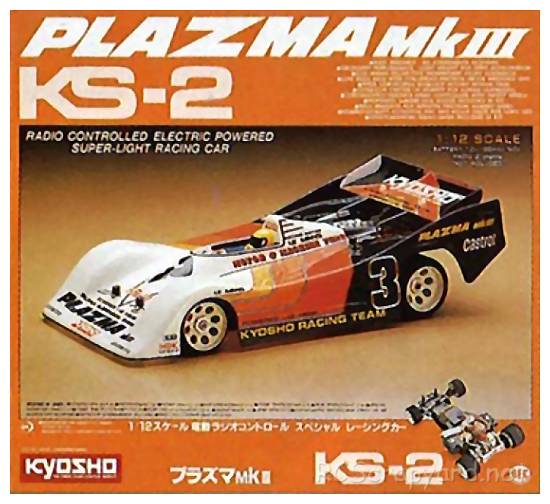
★ Kyosho Plazma Mk-III - 3151 - KS-2 ★
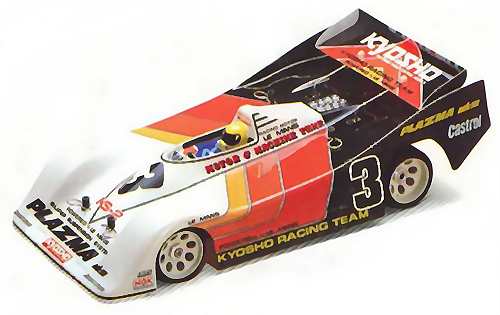
★ Kyosho Plazma Mk-III - 3151 - KS-2 ★

★ Kyosho Plazma Mk-III - 3152 - Limited Alpha II ★
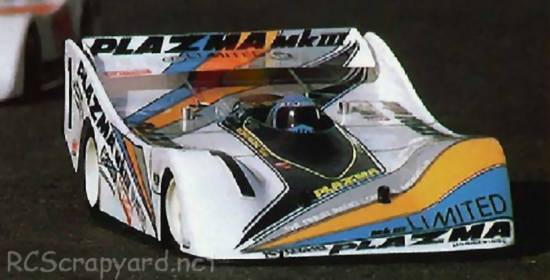
★ Kyosho Plazma Mk-III Chassis ★
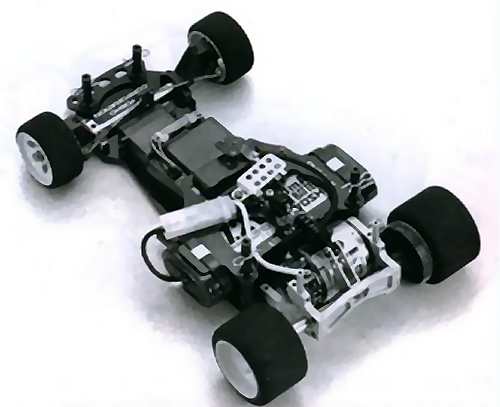
★ Kyosho Plazma Mk-III Chassis ★
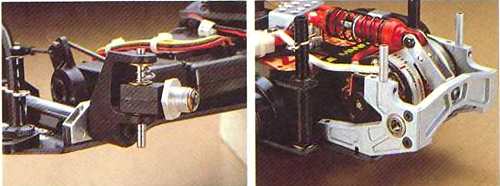
★ Kyosho Plazma Mk-III Chassis ★
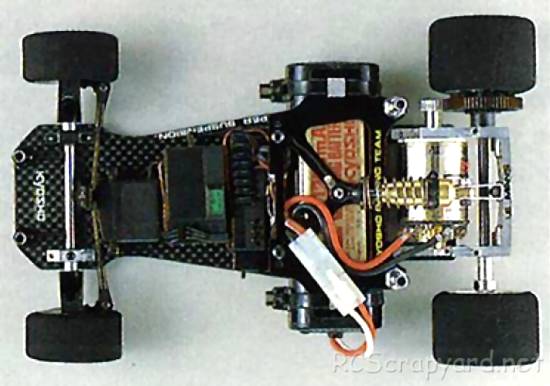
★ Kyosho Plazma Mk-III Chassis ★
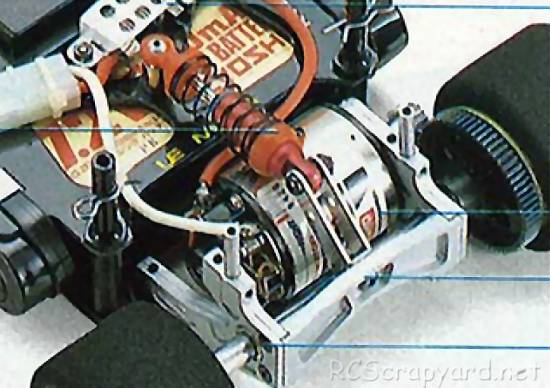
★ Kyosho Plazma Mk-III ★
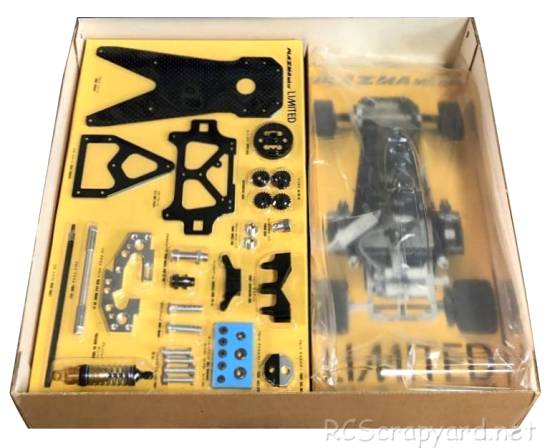
★ Kyosho Plazma Mk-III ★
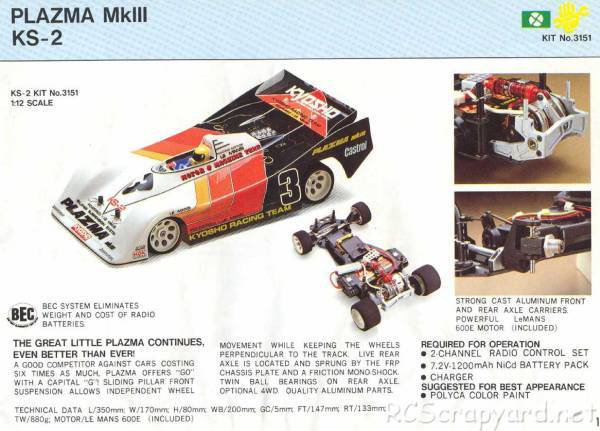
|
Buying a Used Radio Controlled Model
|
|
Manufacturers and Brands Catalogued, Listed and Reviewed by RC-Scrapyard.
At present, the RC Model Manufacturers, Brands and Distributors covered by us are: ABC Hobby, Academy, Acme Racing, Agama Racing, Amewi, Ansmann Racing, ARRMA, Team Associated, Atomic RC, Axial, AYK, Bolink, BSD Racing, Capricorn, Carisma, Carson, Caster Racing, Cen, Corally, Custom Works, Durango, Duratrax, ECX - Electrix, Exceed RC, FG Modellsport, FS-Racing, FTX, Fujimi, Gmade, GS-Racing, Harm, HBX, Helion, Heng Long, Himoto Racing, Hirobo, Hitari, Hobao, Hong-Nor, Hot Bodies, HPI, HSP, Intech, Integy, Jamara, JQ Products, Kawada, Kyosho, Losi, LRP, Maisto, Mardave, Marui, Maverick, MCD Racing, Megatech, Mugen, New Bright, Nichimo, Nikko, Nkok, Ofna, Pro-Pulse, Protech, PTI, RC4WD, Redcat Racing, RJ-Speed, Robitronic, Schumacher, Seben, Serpent, Smartech, Sportwerks, Step-Up, Tamiya, Team-C Racing, Team Magic, Thunder Tiger, Tomy, Top Racing, Traxxas, Trinity, Tyco, Vaterra RC, Venom, VRX Racing, WLToys, X-Factory, Xmods, Xpress, Xray, XTM, Yankee RC, Yokomo, ZD Racing and Zipzaps. |
|
Hints, Tips and Information
Damper Pistons
When you first build your RC model, you will sometimes find that there are a number of different pistons in the kit, with varying numbers of holes or hole sizes in them. Generally, the manufacturer will suggest one particular piston in the car manual, and may provide you with a mid range oil weight, but depending on the type of terrain you intend to race your model, their suggestion may not be the best for your needs. |
|
Hints, Tips and Information
Ackerman
So - What is Ackerman? |
|
RC Models:
|
Radio & Motors: |
Other
Accessories: |